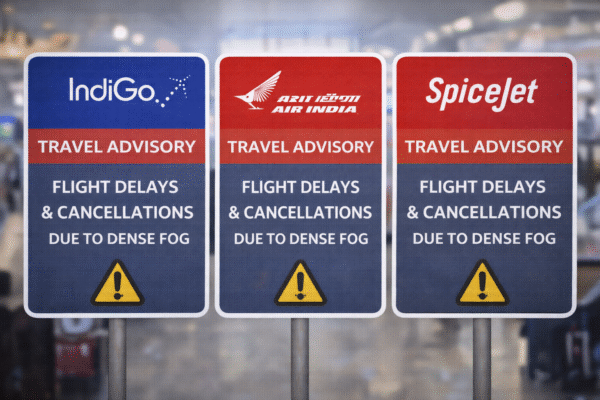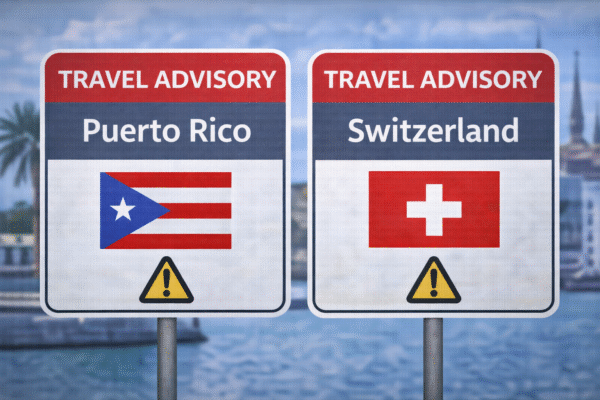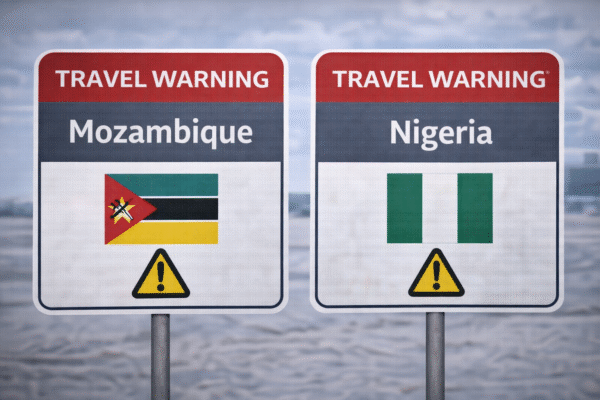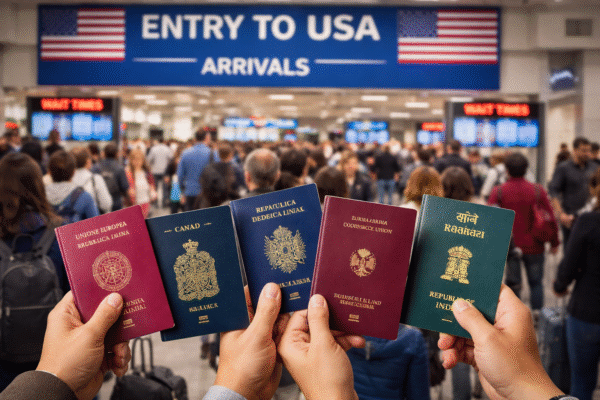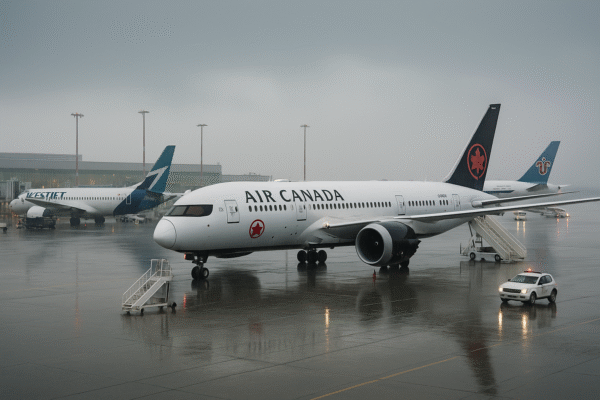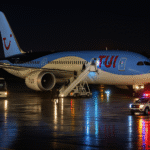Canada’s aviation network faced widespread disruption this weekend as severe weather led to more than 500 flight delays and cancellations across major airports nationwide. Thunderstorms, torrential rain, and dense fog severely affected flight schedules at Toronto Pearson International Airport (YYZ) and Vancouver International Airport (YVR), with knock-on delays at nearly every major Canadian airport.
According to NAV CANADA and FlightAware data, a total of 474 flights were delayed and 52 cancelled across the country on July 12, impacting operations for major carriers including Air Canada, WestJet, Porter Airlines, and Jazz Aviation. Passengers traveling through affected hubs are urged to check real-time flight status and prepare for extended wait times.
Key Airports Affected by Adverse Weather
Toronto Pearson International Airport (YYZ):
Toronto saw the most significant disruptions, with 118 delays and 24 cancellations, largely due to lightning storms and intense rainfall. Air Canada and Jazz Aviation were among the hardest-hit airlines, with ground handling delays compounding air traffic congestion.
Vancouver International Airport (YVR):
Operations at Vancouver were slowed by fog and persistent rain, resulting in 71 delays and 9 cancellations. International flights, particularly to and from Asia, were affected due to reduced runway visibility and slower taxiing procedures.
Montreal-Pierre Elliott Trudeau International Airport (YUL):
In Montreal, 100 flights were delayed and 5 cancelled, as light rain and heavy cloud cover affected ground handling and aircraft movement. Porter Airlines and Air Canada faced the majority of the impact.
Calgary International Airport (YYC):
Despite avoiding outright cancellations, Calgary experienced 69 delays due to high winds and sporadic downpours. WestJet saw the highest volume of affected flights, particularly on domestic routes.
Cascading Effects Across Canada’s Airport Network
Smaller and regional airports also experienced disruptions, either directly due to localized weather or from delayed arrivals caused by upstream weather-related issues:
- Edmonton International Airport (YEG): 25 delays, 7 cancellations
- Ottawa Macdonald-Cartier International Airport (YOW): 19 delays, 1 cancellation
- Winnipeg James Armstrong Richardson International Airport (YWG): 11 delays, 1 cancellation
- Halifax Stanfield International Airport (YHZ): 20 delays, 3 cancellations
- Quebec City Jean Lesage International Airport (YQB): 14 delays, 2 cancellations
- St. John’s International Airport (YYT): 9 delays
- Victoria International Airport (YYJ): 6 delays
- Greater Moncton International Airport (YQM): 5 delays
Even airports such as Hamilton (YHM) and Moncton (YQM), which experienced milder weather, faced cascading impacts from delays in Toronto and Vancouver, disrupting inbound schedules.
Airlines Affected: From Domestic Giants to Global Carriers
The operational slowdown affected a wide range of carriers:
- Air Canada and WestJet reported dozens of delays, with Air Canada experiencing cancellations across multiple cities.
- Porter Airlines saw delays in Toronto, Ottawa, and Montreal due to fog and wind.
- International airlines such as British Airways, Emirates, Lufthansa, Cathay Pacific, and Turkish Airlines also experienced delays on routes to and from Toronto and Vancouver.
- Regional and code-share operators like Jazz, Envoy Air, and Republic Airways were impacted, contributing to domestic service interruptions.
Meteorological Causes and Safety Protocols
Environment and Climate Change Canada (ECCC) issued weather advisories for Southern Ontario, British Columbia’s Lower Mainland, and Quebec. The heavy thunderstorms, gusting winds, and low visibility conditions prompted air traffic control authorities to initiate rerouting protocols and delay clearances to ensure aircraft safety. In several cases, aircraft were placed in holding patterns or diverted to secondary airports like Hamilton and Kelowna.
Toronto Pearson enforced ramp closures and lightning restrictions, limiting ground crew operations during peak weather events. Vancouver’s coastal weather contributed to extended instrument landing system (ILS) procedures, which slowed arrivals significantly.
What Passengers Should Do
Transport Canada and affected airlines are urging passengers to:
- Check flight status on airline apps or official airport websites before departing for the airport.
- Allow extra time for security screening and check-in, as terminal congestion may build up.
- Be prepared for possible rebookings or overnight delays, particularly on long-haul international routes.
- Stay informed via airline SMS alerts, NAV CANADA advisories, and real-time weather forecasts.
Airlines are offering flexible rebooking policies, waiving change fees for affected routes. Passengers are encouraged to utilize customer service desks or digital tools to manage their travel plans.
Conclusion: A Test of Resilience for Canada’s Air Travel Network
The current disruption underscores the vulnerability of Canada’s aviation infrastructure to rapidly changing weather conditions. As the summer travel season peaks, aviation authorities and carriers are working to restore normal operations, but ongoing weather volatility may continue to test the resilience of the air travel network.
Travelers should remain patient and informed, as July continues to bring unpredictable weather patterns from coast to coast.




